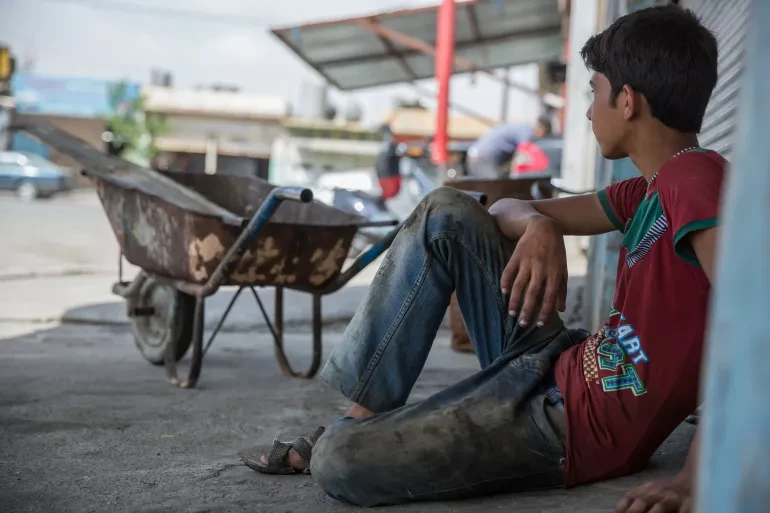Türkiye plans to reforest fire-damaged areas by 2025
 Antalya, Türkiye. (AA Photo)
Antalya, Türkiye. (AA Photo)
Türkiye’s Minister of Agriculture and Forestry, Ibrahim Yumakli, confirmed that forest areas damaged by recent fires will be reforested by the end of the following year.
The announcement came amid growing concerns over the future of these lands.
Minister Yumaklı also recently called to re-green the burnt forests: “Our forests burned down, but as we have always done, we are planting over 500 million saplings and seeds annually. We will also reforest these areas. I invite everyone to repair this damage together on the National Reforestation Day on Nov. 11.”
Reforestation commitment
Minister Yumakli assured the public that the reforestation of burnt forest areas is a top priority. “Burnt forest areas are always reforested by the end of the next year. This has always been the case. This year, the damaged areas will be reforested by the end of the next year as well” Yumakli stated.
Addressing rumors that burnt forest areas might be opened up for construction, Yumaklı emphasized the protection guaranteed by the Turkish Constitution. “The guarantee is the constitution.
Forest areas cannot be used for any other purpose. Are we going to defy the law? No burnt forest area has been opened for construction” he asserted.
Yumaklı lastly reiterated that the existing laws strictly prohibit using forest land for purposes other than reforestation. He underlined that no exceptions have been made or will be in the future.

Extreme weather product of climate crisis in Türkiye
Türkiye already feels the effects of climate change. In recent years, the country has faced extreme weather events, including devastating wildfires in the southern and southwestern regions, severe floods in the north, and increasingly frequent and intense heatwaves.
These events have caused a significant loss of life and property, demonstrating the urgent need for effective climate action.
The summer of 2024 saw one of the most severe heatwaves in Türkiye’s history, with temperatures soaring well above seasonal norms. This heatwave, driven by the ongoing climate crisis, led to widespread power outages and water shortages in several cities.
The government’s response, although quick in some areas, revealed significant gaps in infrastructure and preparedness, particularly in regions already struggling with aging populations and inadequate public services.



